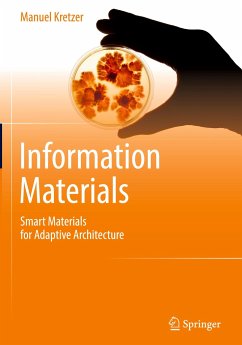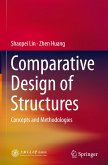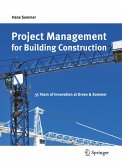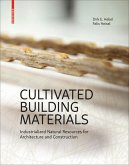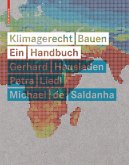This book considers the potential of new, smart materials and their use in architecture. It begins with an overview of current global tendencies (technological, demographic, and socio-anthropological) and their relevance for architectural design. Expanding upon approaches for flexible design solutions to address change and uncertainty, Dr. Kretzer begins by exploring adaptive architecture and proceeds to introduce the topic of "information materials," which encompasses smart and functional materials, their current usage, and their potential for the creation of future spaces. The second chapter provides a comprehensive overview of architectural materials, past and present, split into the topics: natural, industrial, synthetic, digital, and information materials. Chapter three introduces an educational approach for the mediation of information material usage in design courses and student workshops. The final section provides detailed information on a range of emerging material phenomena, including aerogels, bioluminescence, bio plastics, dye-sensitized solar cells, electroluminescent displays, electroactive polymers, soft robotics, and thermochromics. Each section explains its respective history, working principles, fabrication and (potential) usage in architecture and design, and provides hands-on tutorials on how to self-produce these materials, and displays class-tested experimental installations. The book concludes with an outlook into the domain of synthetic biology and the prospects of a "living" architecture. It is ideal for students of structural materials engineering, architecture, and urban planning; professionals working these in areas, as well as materials science/engineering and architecture educators.
Bitte wählen Sie Ihr Anliegen aus.
Rechnungen
Retourenschein anfordern
Bestellstatus
Storno

